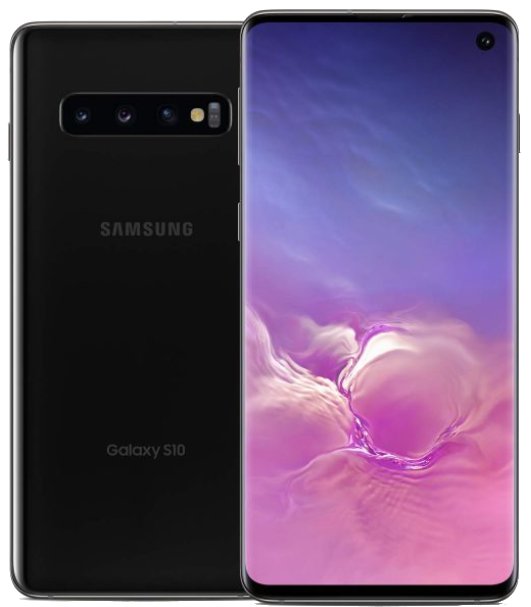A retrospective on the Samsung Galaxy S10, featuring its Dynamic AMOLED display, triple camera system, and powerful Exynos/Snapdragon chipset.

Introduction / Overview
Launched in March 2019, the Samsung Galaxy S10 was a flagship smartphone that made significant strides in display technology and camera versatility. Now discontinued, it remains a notable device in Samsung's lineage, remembered for its high-quality screen and comprehensive feature set that catered to power users and creatives alike.
Design & Display
The Galaxy S10 boasted a premium design with an aluminum frame sandwiched between Gorilla Glass 5 on the back and Gorilla Glass 6 on the front. It was both dust and water-resistant with an IP68 rating. The device featured a stunning 6.1-inch Dynamic AMOLED display with a high resolution of 1440 x 3040 pixels, delivering a sharp 550 ppi density. With HDR10+ support and a high screen-to-body ratio of approximately 88.3%, it offered an immersive viewing experience.
Performance & Hardware
Performance was driven by either the Samsung Exynos 9820 chipset (in international models) or the Qualcomm Snapdragon 855 (in the US and China variants), both paired with either 6GB or 8GB of LPDDR4X RAM. This hardware combination ensured smooth multitasking and capable gaming performance. Storage options included 128GB or 512GB of fast UFS 2.1 storage, expandable via a microSDXC card slot.
Camera
The Galaxy S10's versatile triple-camera system on the rear consisted of a 12MP wide-angle lens with Dual Pixel PDAF and OIS, a 12MP telephoto lens for 2x optical zoom, and a 16MP ultra-wide sensor. This setup allowed for creative flexibility, from expansive landscapes to close-up portraits. Video capabilities were impressive, supporting 4K recording at 60fps and super slow-motion at 720p and 960fps. The front-facing camera was a 10MP sensor capable of recording 4K video.
Battery & Charging
A 3400 mAh battery kept the phone running, supporting 15W wired fast charging, 15W wireless charging, and even reverse wireless charging to power up other Qi-compatible devices.
Software & Features
The phone launched with Android 9.0 (Pie) and Samsung's One UI, and it was upgradable to Android 12 with One UI 4.1. It featured an ultrasonic fingerprint sensor embedded in the display and a suite of other sensors including a heart rate monitor.
Connectivity & Audio
Connectivity options were top-tier for its time, including Wi-Fi 6, Bluetooth 5.0, and NFC. It also retained the beloved 3.5mm headphone jack, featuring stereo speakers tuned by AKG for high-quality audio playback.
Pros & Cons
Pros
- Excellent Dynamic AMOLED display with high resolution
- Versatile and powerful triple-camera system
- Strong performance from flagship chipsets
- Includes a microSD card slot and headphone jack
- Wireless and reverse wireless charging support
Cons
- Battery capacity was modest for a flagship
- Now discontinued and no longer receives software updates
Tags: Samsung,Galaxy S10,Android,flagship,camera
A retrospective on the Samsung Galaxy S10, featuring its Dynamic AMOLED display, triple camera system, and powerful Exynos/Snapdragon chipset.

Post a Comment